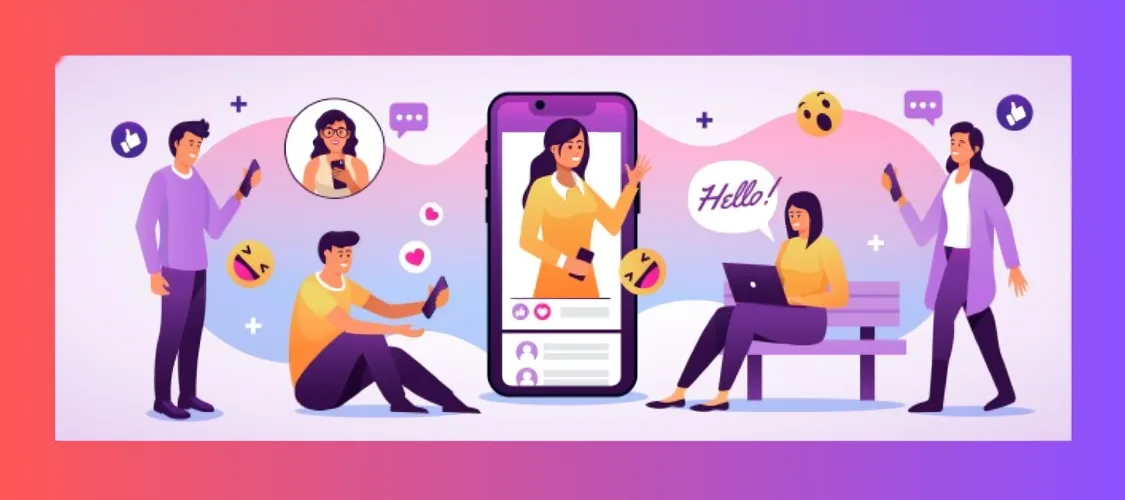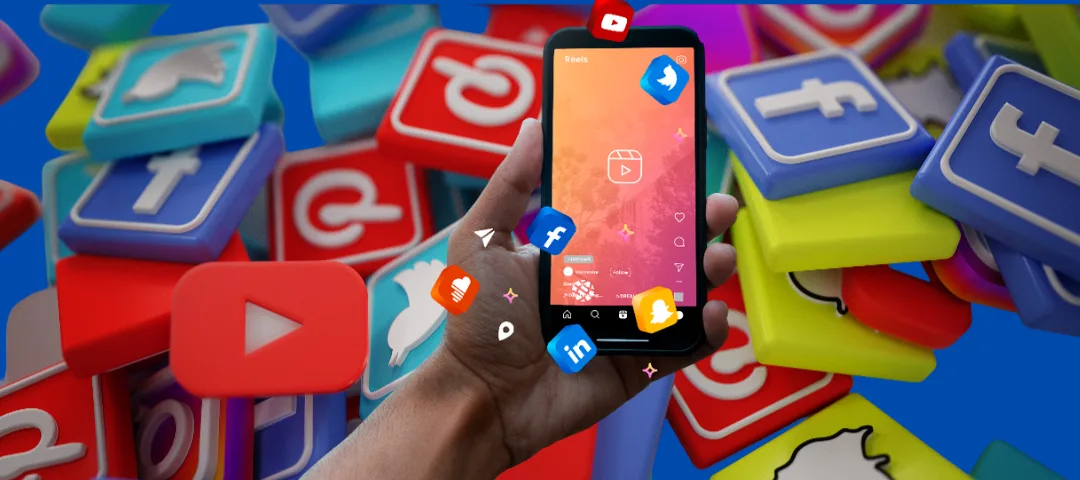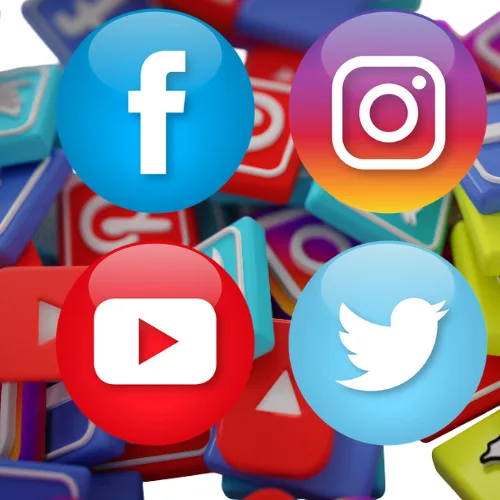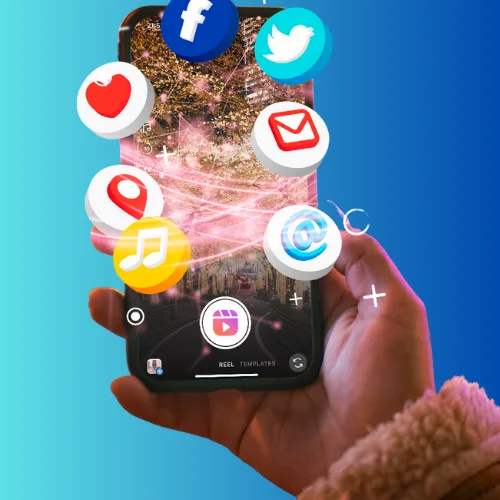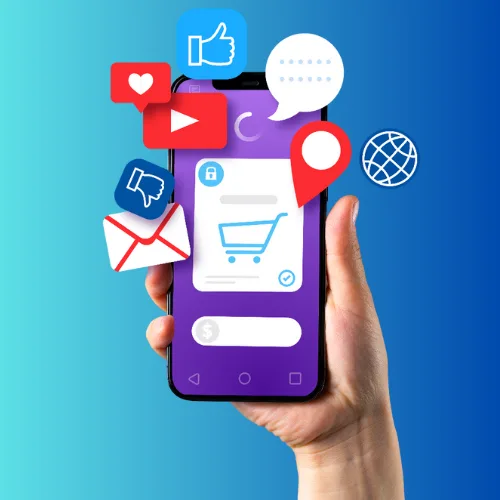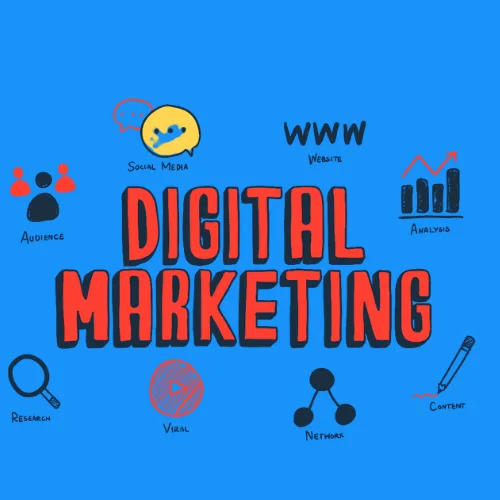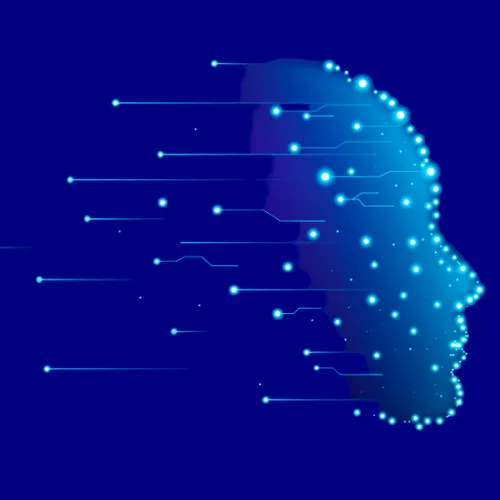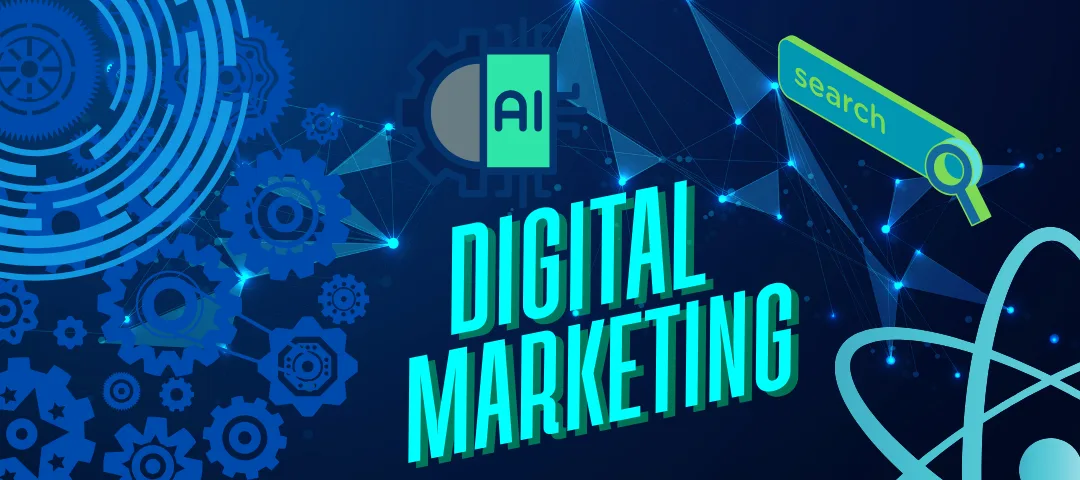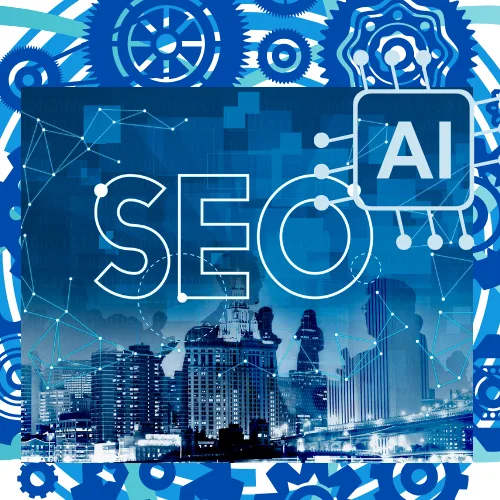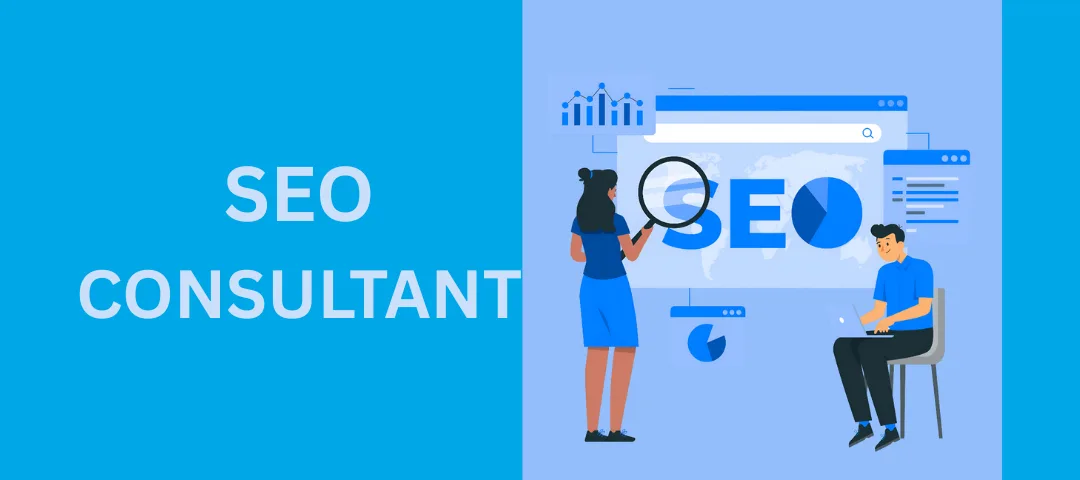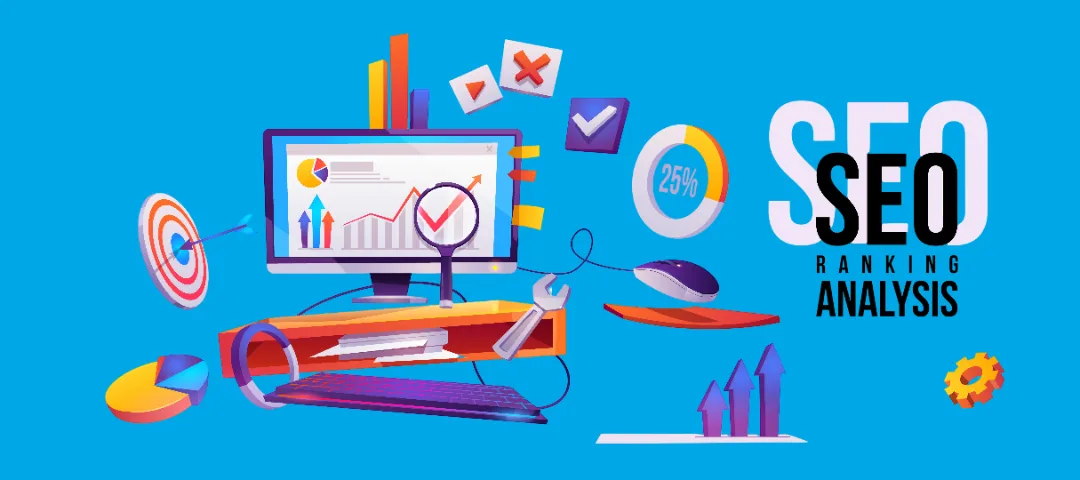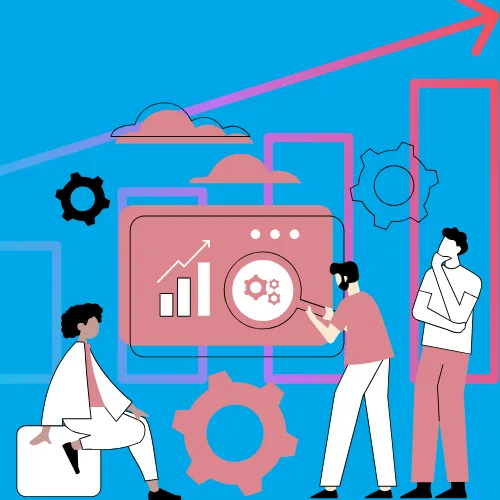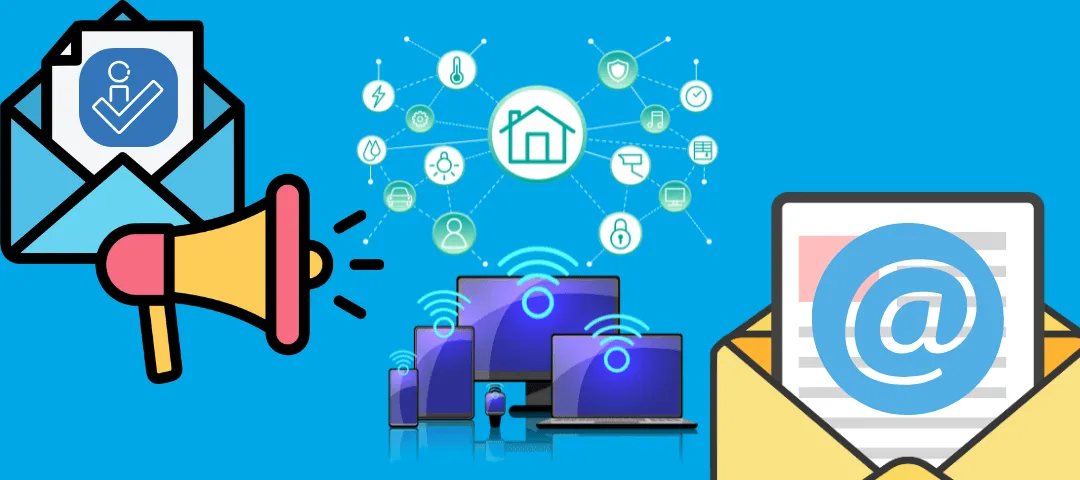The Rise of Micro-Influencers and Niche Marketing
Table of Contents
- Understanding Micro Influencers and Niche Marketing
- Why Micro Influencers Are Flourishing
- Niche Marketing: Deeper Connections
- How They Work Together
- Platforms and Formats
- Real World Examples
- Strategy and Best Practices
- Challenges and Considerations
- Economic and Cultural Drivers
- The Future of Micro Influencers and Niche Marketing
- Measuring Real Impact
- Content Formats & Creativity
- Ethical Considerations
- Case Studies
- How Brands Can Begin
- Pitfalls to Avoid
- Metrics and KPIs
- The Global Perspective
- Striking the Right Balance Between Scale and Authenticity
- Conclusion: A Strategic Necessity
In today’s shifting digital marketing realm, two significant trends have taken center stage: the ascent of micro influencers and the emergence of niche marketing. Together, they mark a departure from the traditional broad-reaching mass media campaigns toward more targeted, genuine, and engaged communities. This change mirrors profound cultural shifts—transformations in how consumers discover, trust, and relate to brands. It poses challenges to established marketing beliefs and opens up fresh avenues for businesses to foster meaningful connections with their audiences.
- Understanding Micro Influencers and Niche Marketing
Unlike mainstream celebrities or larger influencers, micro influencers zero in on specific topics such as skincare routines, vegan cooking, indie video games, or sustainable fashion. Their smaller followings aren’t just more numerous collectively; they’re also more passionate, loyal, and trustworthy.
Niche marketing, on the other hand, focuses on narrow, distinctly defined market segments characterized by specific consumer traits—interests, values, and lifestyles. Instead of competing in the broader “fashion” or “fitness” arenas, niche marketers might hone in on “mid-century modern home décor,” “gluten-free baking for kids,” or “urban bike commuting gear.” These segments attract consumers who strongly identify with their niche and are in search of tailored solutions.
- Why Micro Influencers Are Flourishing
A. Trust Born from Authenticity
In an era inundated with polished advertisements and scripted endorsements, audiences yearn for authenticity. Micro influencers typically share real-life experiences, honest reviews, and relatable stories. Their content feels genuine, not manufactured.
Research backs this up: when micro influencers endorse a product, their followers often view the recommendation as sincere rather than a paid promotion. This trust results in higher engagement rates and better conversion ratios compared to campaigns with macro influencers.
B. Superior Engagement, Lower Costs
Micro influencers generally feature significantly higher engagement rates—likes, comments, shares per follower—compared to larger influencers. With fewer but more dedicated followers, micro influencers spark conversations rather than merely broadcasting messages. From a brand perspective, a $500 investment in a micro influencer can yield more significant results than spending thousands on a celebrity with superficial reach.
C. Reach in Numbers
Even though each micro influencer has a relatively small following, brands can maximize their impact by teaming up with several of them. By collaborating with 50 or even 100 micro influencers, a brand can achieve the same reach as a major influencer—yet do so at a fraction of the cost. This approach also preserves authenticity and ensures high engagement levels.
- Niche Marketing: Deeper Connections
A. Precision Targeting
Niche marketing allows brands to directly address very specific consumer interests and needs. Rather than casting a wide net to all fitness aficionados, for example, a brand could focus exclusively on vegan triathletes or new moms practicing yoga. This kind of targeted communication resonates more deeply; when consumers feel that a product speaks directly to them, they’re more likely to pay attention.
B. Less Competition, More Loyalty
Niche markets often don’t get the attention they deserve. With fewer competitors, brands can establish themselves as leaders and cultivate strong customer loyalty. People within these niche communities tend to be more dedicated—brand loyalty often comes from feeling recognized and understood.
C. Higher Margins, Less Waste
By providing highly specialized products or services, niche brands are able to charge premium prices. Customers are more inclined to invest when they feel the offerings are tailored specifically for them. This approach minimizes wasteful spending on broad marketing strategies and excess inventory.
- How They Work Together
Micro influencers and niche marketing complement each other perfectly. A micro influencer focused on specific content, such as natural aromatherapy for pets, has an audience that’s already interested in that exact subject. Partnering with such creators allows brands to connect directly with an engaged audience that is truly warm to their message.
For instance, a brand launching eco-friendly dog shampoos could collaborate with a micro influencer whose followers are passionate about sustainable pet care. The influencer’s endorsement would hit the mark with the right audience, avoiding any dilution from those who aren’t interested. This combination equals strategic precision amplified.
- Platforms and Formats
A. Instagram and TikTok
Visually driven platforms like Instagram and TikTok flourish with niche content, whether it’s DIY projects, cooking tutorials, fitness tips, or pet care advice. Hashtags and algorithmic recommendations play a significant role in helping niche micro influencers connect with fans actively seeking their kind of specialized content.
Formats like short videos, slideshows, and infographics allow for concise and relatable storytelling. A micro influencer can showcase product features in real-time, demonstrate usage, and share results—always within formats that feel natural and organic.
B. YouTube Channels and Podcasts
For more in-depth content, such as niche gardening advice, home brewing skills, or budget-friendly travel tips, platforms like YouTube and podcasts are perfect. Micro influencers in these spaces can provide tutorials, conduct product unboxings, host Q&A sessions, and seamlessly integrate calls to action into their engaging narratives.
C. Blogs and Newsletters
Long-form written content continues to hold significant importance in niche marketing. Blogs provide an SEO boost by improving visibility for searches like “best sustainable dog toys,” while newsletters help cultivate a loyal readership. Micro influencers with blogs or email lists serve as trusted sources, enabling brands to connect directly with consumers.
- Real World Examples A. Skincare Micro Influencers
Individuals passionate about skincare often develop specialized followings around topics like acne solutions, minimalist routines, or anti-aging products. A micro influencer with 20,000 followers focused on “clean beauty” builds credibility by sharing daily skincare routines, ingredient analyses, and honest updates about their skin. When they endorse a new serum, their audience pays attention—and makes purchases.
B. Outdoor and Adventure
A micro influencer centered on ultralight backpacking or minimalist van living may have a smaller yet highly engaged fanbase. Brands that offer compact camping gear, solar chargers, or biodegradable soap can collaborate with these influencers to reach an audience eager for products that meet specific adventure needs.
C. Local Culinary Gems
A micro influencer highlighting vegan street food in Pune or gluten-free bakeries in Bengaluru fosters local trust. Collaboration with small food brands or delivery services allows them to connect with engaged audiences in their area. The localized focus builds additional trust, as followers know the influencer discusses accessible options.
- Strategy and Best Practices A. Align Values
It’s crucial for micro influencers to genuinely use and believe in the brands they promote. Any disconnect between the influencer’s persona and the brand’s values can lead to doubts about authenticity. Careful vetting is essential; opt for influencers whose content aligns seamlessly with the product’s advantages.
B. Set Clear Objectives
Be clear about your goals—whether it’s raising brand awareness (reach), boosting engagement (comments, shares), driving conversions (sales, sign-ups), or generating user content (UGC for repurposing). Each partnership should have measurable targets, such as X% click-through rates, Y new followers, or Z conversions tracked via affiliate links or promo codes.
C. Scale Smartly
Partnering with numerous micro influencers can quickly become a daunting task. Establish streamlined processes such as standardized briefing documents, media kits, content guidelines, and reporting templates. Utilize tools or platforms to manage outreach, contracts, content approvals, and performance tracking.
D. Foster Long-Term Relationships
While short shout-outs can provide a quick boost, building long-term partnerships offers a richer credibility for your brand. Think about creating ambassador programs where micro influencers get early access to new product launches, share updates regularly over weeks or months, and become integral to your brand’s story.
E. Measure and Optimize
It’s essential to track performance through metrics such as engagement rates, user-generated content (UGC) produced, website traffic, conversion rates, and earned media value. Through this analysis, you can identify which influencers and content formats deliver the best results. Use these insights to adjust your future budgets, directing more funds toward high-return creators or niche audiences.
- Challenges and Considerations
Despite their potential, micro influencer campaigns come with a set of challenges. The vetting process can be time-consuming, requiring a thorough assessment of authenticity, audience alignment, demographics, and past engagement levels. Additionally, scaling campaigns across numerous micro influencers can stretch your resources thin without the right tools in place.
Measuring success can also be tricky, given the fragmented nature of impressions across different platforms, mixed attribution through various codes or links, and the lesser-known influences on offline purchases. Brands benefit from having centralized dashboards to consolidate data and cut through the noise.
There’s also the issue of fake followers. Even micro influencers can sometimes inflate their follower counts. Brands should carefully evaluate the engagement rate for each post, scrutinize comment authenticity, and consider using influencer vetting services or conducting manual checks.
Lastly, maintaining consistent messaging across multiple creators can be a challenge. Implementing clear brand guidelines and editorial standards is crucial in ensuring a unified voice without sacrificing authenticity.
- Economic and Cultural Drivers A. Pandemic Impact
The COVID-19 pandemic, As people found themselves spending more time online and seeking recommendations from community-focused voices rather than massive corporations, smaller creators have gained significant credibility. Local restaurants, home-based wellness coaches, and indie startups have increasingly turned to micro influencers for support.
B. Algorithmic Shifts
Platforms like Meta, TikTok, and Instagram are now prioritizing content relevance over sheer follower counts. Their algorithms reward engagement, favoring micro influencers who produce quality content with active audiences. This shift levels the playing field in comparison to celebrity creators.
C. Consumer Empowerment
Today’s consumers are demanding deeper value from brands, seeking attributes like purpose, sustainability, and inclusivity. Niche communities are holding brands accountable. Micro influencers serve as authentic feedback channels, reflecting a genuine interaction between brands and consumers and benefiting from the broader movement towards authenticity.
- The Future of Micro Influencers and Niche Marketing A. Rise of Nano Influencers
As the micro influencer trend continues to thrive, even smaller creators, known as nano influencers (with followers numbering between 1,000 and 5,000), are coming to the forefront. Their hyper-personal and localized connections can be particularly advantageous for small businesses, regional marketing efforts, and early-stage startups.
B. Where AI Tools Meet Human Creativity
AI-driven influencer matching tools are revolutionizing how brands connect with niche creators. By analyzing engagement metrics, audience demographics, sentiment, and content style, brands can efficiently identify and assess creators on a large scale. However, the final decision and relationship-building still rely on human insight.
C. The Rise of New Platforms
Emerging social networks, niche forums, micro podcasts, and Discord communities are creating new spaces for micro influencers to flourish. A micro creator can establish significant influence on a fresh platform long before established social networks take notice.
D. Community-Centric Commerce
Brand communities—whether private Facebook groups, Discord servers, or subscription models—offer unique opportunities for brands to collaborate with influencers as co-creators. Through these micro influencer networks, brands can co-design products, conduct beta tests, and obtain direct feedback. As a result, the distinctions between influencers, community moderators, and brand ambassadors will begin to blur.
- Measuring Real Impact
Brands are broadening their metrics for assessing micro influencer ROI beyond just likes and views:
- Conversions – Monitor sales through affiliate links, coupon redemptions, sign-ups, and downloads.
- Earned Media Value– Gauge the estimated worth of influencer posts compared to paid advertisements.
- Content Repurposing– User-generated content (UGC) can fuel paid marketing campaigns, brand channels, and product pages.
- Brand Sentiment– Examine qualitative feedback—comments, mentions, and shifts in brand sentiment.
Tools like Linkfire, Tagger, and Traackr are instrumental in linking micro influencer content to conversion and attribution data, making ROI quantifiable at scale.
- Content Formats & Creativity
Effective micro influencer content formats include:
- Tutorials – Detailed guidance on product use.
- Before and After– Genuine transformations showcased.
- Day in the Life– Seamlessly integrated product usage in daily routines.
- Unboxings – Authentic first impressions shared.
- User-Generated Stories– Followers sharing their experiences via influencer prompts.
While visual consistency is essential, micro influencers often excel with spontaneous, candid shots that emphasize authenticity.
- Ethical Considerations
Transparency is vital in influencer marketing. Regulations in various markets mandate clear disclosures of paid partnerships—using tags like #ad or #sponsored. Genuine endorsements foster trust, while hidden advertising can lead to backlash.
In niche communities, creators act as gatekeepers. Brands venturing into these specialized areas should do so ethically, steering clear of exploiting insider culture for profit.
- Case Studies
Glossier’s Micro Creator Strategy
Beauty brand Glossier has effectively collaborated with micro influencers who are dedicated to minimalist and skin-centric routines. By showcasing everyday women and their genuine results, they were able to generate organic excitement and boost product interest.
All Birds and Minimalist Environmental Creators
All Birds engaged eco-conscious hikers, artists, and architects to highlight their sustainable footwear. The content produced by these micro influencers emphasized comfort, durability, and a commitment to environmentalism, creating both buzz and strong sales performance.
Touch of Modern Tech Gadgets
A niche marketplace for tech gadgets partnered with micro YouTubers who specialize in everyday carry (EDC) items and quirky tools. Detailed demonstrations and practical usage videos resonated with gadget enthusiasts eager to purchase unique products.
- How Brands Can Begin
A. Identify Your Niche Segment– Focus on specific consumer groups with common interests or unmet needs. B. Map Relevant Micro Influencers– Utilize manual searches or influencer platforms to discover creators aligned with your niche and values.
C. Pilot Campaigns– Start with a small group to test and measure reach, engagement, user-generated content quality, and conversions.
D. Iterate & Scale– Review results, refine messaging, and either broaden or narrow the influencer selection based on what works.
E. Foster Ambassadorship– Create opportunities for top influencers to co-create content, test products, and represent the brand.
- Pitfalls to Avoid
- Over Scaling Too Early– Expanding too quickly without a solid strategy can compromise quality. Begin with smaller initiatives and build from the insights gained.
- Unclear Briefs– Excessive control can stifle authenticity. Allow creative freedom, as overbearing guidelines can limit spontaneous content creation.
- Poor Attribution– Without proper tracking, linking expenditure to outcomes becomes challenging—don’t depend only on vanity metrics.
- Disregard Audience Fit– The relevance of an influencer’s audience is more crucial than sheer size. A micro influencer with a dedicated following that aligns with your brand is often more effective than a larger influencer whose audience lacks interest.
- Metrics and KPIs
KPI Why It Matters
- Engagement Rate Reflects how well the content resonates with the influencer’s audience.
- Reach and Impressions Assesses exposure to new audiences.
- Affiliate Link Sales Directly measures the impact on conversions.
- Brand Mentions & Sentiment Indicates shifts in reputation and earned awareness.
- User Generated Content Demonstrates brand engagement and community participation.
- Community Growth Reflects long-term interest in brand engagement within niche communities.
Focus on just a few key metrics—such as conversions or community growth—to prevent information overload.
- The Global Perspective
Niche marketing and micro influencers have a global reach, extending far beyond Western markets. In India, micro influencers are finding success in regional food blogs, rural fashion, and gaming commentary delivered in local languages. Brands that tailor their outreach strategies can connect with deeply engaged regional audiences that are frequently missed by broader campaigns.
In emerging markets, the higher trust in peer recommendations—particularly when conveyed in local languages—makes micro influencer content more influential than traditional advertisements.
- Striking the Right Balance Between Scale and Authenticity
As brands expand their micro influencer initiatives, central coordination becomes essential. Implementing digital asset management systems, creating frameworks for content repurposing, and conducting post-campaign reviews help to ensure high standards are met. However, it’s crucial to maintain each creator’s distinct voice—steering clear of turning them into mere brand promoters.
- Conclusion: A Strategic Necessity
The emergence of micro influencers and niche marketing signifies a significant shift in how brands cultivate relationships. Success is no longer dictated solely by reach; the digital landscape is now focused on resonance, relevance, and authenticity.
- Trust and engagement, not just views
- Focused outreach, not mere broadcasting
- Genuine conversions, not simply likes
Brands that navigate this convergence can unlock deeper customer relationships, optimize their budgets, and establish stronger competitive advantages. In a fragmented world where attention is scarce, smaller voices—when connected with dedicated communities—hold immense influence.
